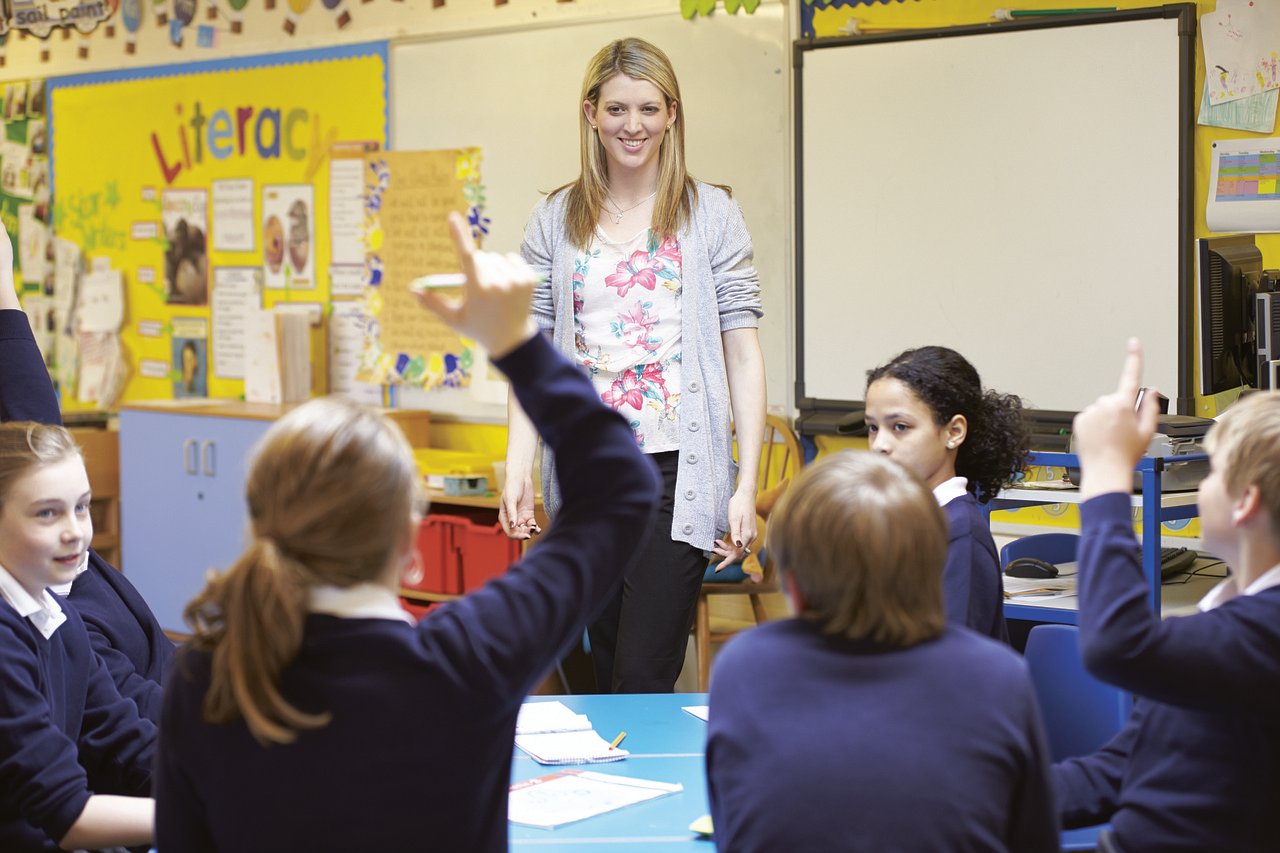How To Teach Spelling: Everything You Need to Know

Learners learn reading and writing in their early years in school. However, a child cannot be proficient in either reading or writing until they learn how to spell. A spelling program has many components. Let’s examine what these components are and how you can instruct your learners on these components.
Make It Fun
The most pivotal thing is to remember that the kids you’re dealing with are very young and can get bored swiftly. While learning to spell is a must, it can certainly be done in a fun, interactive way.
You can incorporate many collaborative activities, such as word-pattern detection, word sorts, and spelling games. This way, your learners will master spelling rules and patterns while having fun!
List Of Spelling Concepts, Grades 1-3
Here is a list of spelling concepts and sound associations that educators should teach learners during grades 1 through 3.
- Short vowel patterns
- Consonant blends: A group of two or three consonants is a consonant blend. Some of the most essential blends to teach learners are the L-blends, R-blends, and S-blends.
- Consonant digraphs: A group of consonants that stand for one sound is different from either of the letters.
- Long vowels: Two vowels are next to each other (road, toad) or separated from the first one (made, take).
- Different vowel combinations for long vowels
- Silent letter graphemes: Letters that appear in a word, but their sounds are not included when the word is spoken. For instance, the letter k is a silent letter grapheme in the words know, knee, and knead.
Spelling Development Is a Process, Not a Lesson
Spelling development is not a lesson that takes a week or two, and then you are done with it. Instead, spelling is developed over years, so educators need to keep this in mind when planning their instructions.
For younger learners who are pre-communicative and semiphonetic spellers, educators can focus more on teaching the alphabet, letter-sound correspondences, and the concepts of “word” and “language.”
However, older learners who have phonetic understanding can be taught the context of writing, word families, spelling patterns, phonics, and word structures.
Moreover, since spelling and writing go hand in hand, educators can improve spelling by encouraging learners to write more. They can give tasks, such as writing informal messages, formal letters, lists, plans, and stories. Such frequent writing should be part of the curriculum, as it also supports spelling competency.
Furthermore, the teacher can teach spelling by engaging learners in instructional games. Learners will not even realize that they are learning, but their spelling will get better. Not only that, their critical thinking will be improved while enjoying the games.
Concluding Thoughts
Learners are so easily distracted and bored in their early childhood that educators must make sure that they are having fun while studying.
First and second graders need constant stimulation. While spelling competency is a must, educators






